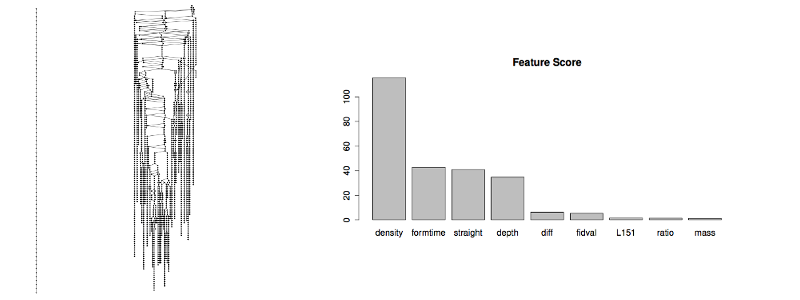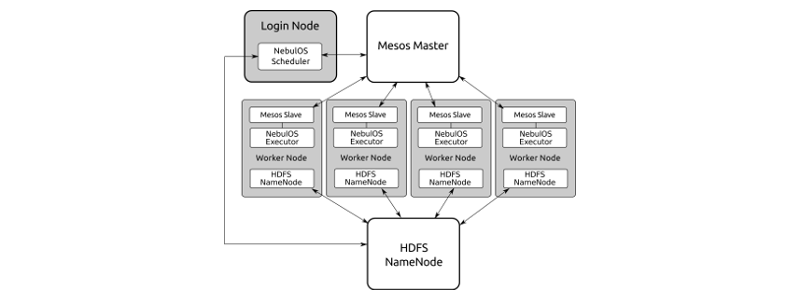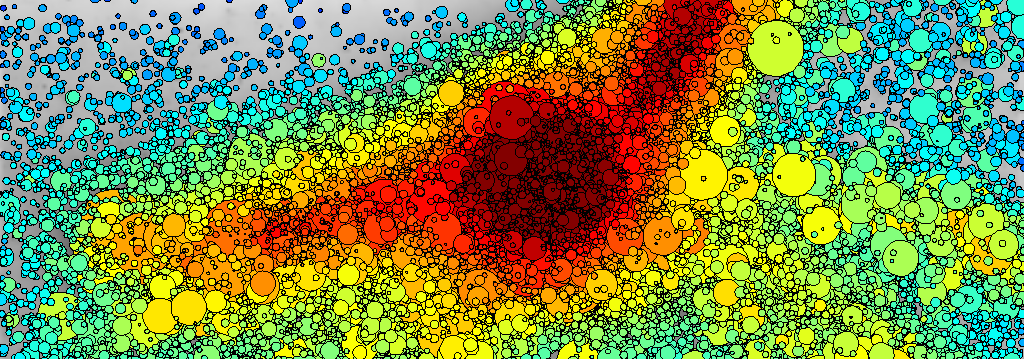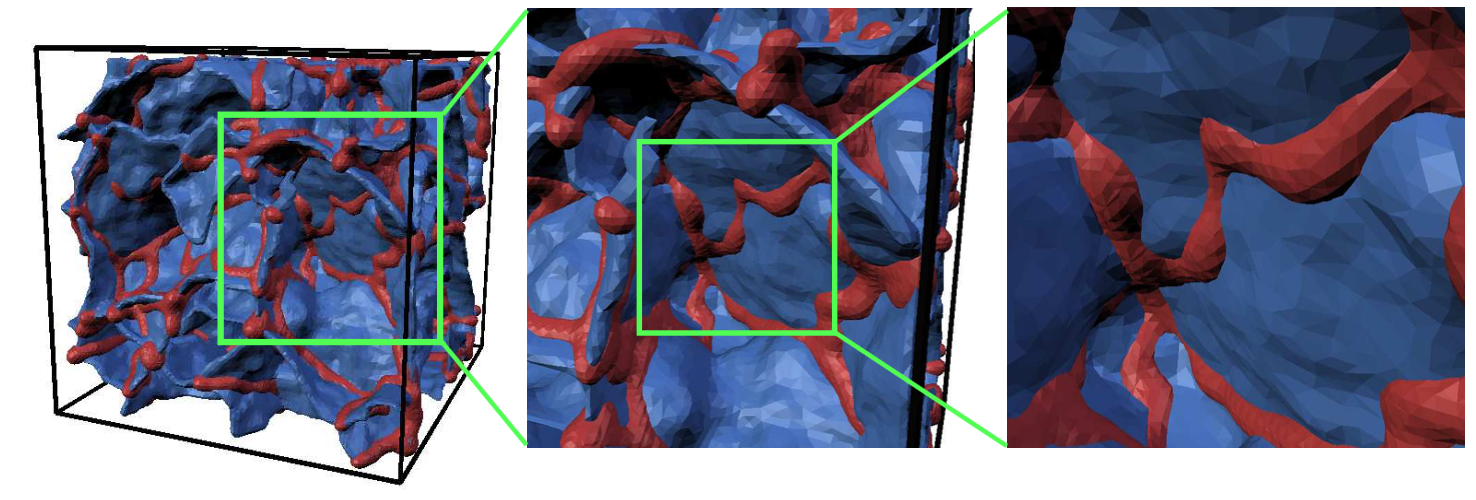Classifying the Large Scale Structure of the Universe with Deep Neural Networks.
Posted by Miguel Aragon
What do cosmological filaments and walls have in common with soft tissue and bone? it is more than 10 years ago that I developed the Multiscale Morphology Filter (MMF) based on medical imaging techniques for vessel and bone segmentation using Hessian filters. This papers presents the first application of Deep Convolutional Neural Networks to the segmentation of cosmological filaments and walls. The main idea (U-Net) was developed for medical imaging problems.
Read the paper





